Gold Dust Croton Care Guide
About Gold Dust Croton
The Gold Dust Croton (Codiaeum variegatum) is a vibrant tropical plant known for its glossy green leaves splashed with bright yellow or golden speckles. Native to Southeast Asia and the western Pacific islands, this tropical evergreen is part of the Euphorbiaceae family and prized for its colorful, paint-spattered appearance.
When grown indoors, the Croton Gold Dust typically reaches 2 to 3 feet tall, creating a bold focal point in any room. Outdoors, in USDA hardiness zones 10-12, it can grow even larger under warm, humid conditions. Though its care level is moderate—requiring attention to light, water, and humidity—it rewards growers with lush, vivid foliage year-round.
The plant is not pet-friendly, as all parts can be toxic to cats and dogs if ingested. Symbolically, the Gold Dust Croton represents renewal, vitality, and positivity—making it an uplifting addition to any indoor collection.
Croton Plant: Benefits
- Enhances decor with its rich color and texture
- Has air-purifying qualities
- Provides a vibrant, tropical feel
- Long-lasting with proper care
- Easy to shape and prune
Gold Dust Croton Plant Care: Growing Tips
Gold Dust Croton care requires consistency and some attention to its environment. Once settled, it becomes a rewarding tropical companion that thrives with steady warmth, bright light, and humidity.
Gold Dust Croton: Light Requirements & Temperature
- Light: The Croton Gold Dust plant prefers bright, indirect sunlight to maintain its bold leaf variegation. A few hours of direct morning sun can enhance its yellow speckles.
- Temperature: Keep your Codiaeum variegatum in warm temperatures between 65°F and 80°F. Avoid sudden drafts or cold air from windows and vents.
Croton Gold Dust: Watering & Humidity
- Watering: Water the Gold Dust Croton when the top inch of soil feels dry. Consistent moisture is key, but avoid overwatering and soggy conditions that lead to root rot.
- Humidity: This tropical plant loves humidity. Mist its leaves regularly or place it on a pebble tray with water to keep the air around it moist.
Gold Dust Croton: Soil, Fertilizer, and Repotting
- Soil: Use a well-draining, nutrient-rich potting mix. A blend designed for tropical plants or houseplants, featuring peat, pine bark, and perlite, works best.
- Fertilizer: Feed monthly during spring and summer with a balanced, water-soluble fertilizer diluted to half strength. Reduce feeding in fall and winter.
- Repotting: Repot your Croton every 2 to 3 years or when roots begin to outgrow the pot. Choose a container one size larger.
Gold Dust Croton: Propagation
Gold Dust Croton propagation is best done through stem cuttings. Take a cutting that is 4-6 inches long and has several leaves, and place it in water or moist soil after dipping the end in rooting hormone. When roots develop, transfer the new plant to a small pot with well-draining soil.
Croton Gold Dust: Problems and Pruning
Common problems include leaf drop, typically caused by temperature fluctuations, and infestations by spider mites or scale insects in dry environments. Fungal leaf spot can also cause issues. Trim away damaged or yellowing leaves to encourage new growth and maintain its full, bushy shape. Regularly cleaning the leaves keeps them glossy and dust-free.
Gold Dust Croton Plant: Companion Plants & Placement Options
The Gold Dust Croton pairs beautifully with other tropical foliage plants for a layered, exotic look. It stands out in bright corners, living rooms, or sunrooms where it receives ample light and warmth.
Great to Place on
Place it on a plant stand, near a sunny window, or as a statement piece in an entryway or office. It also looks striking when grouped with other colorful houseplants.
Gold Dust Croton Grows Well With
- Pearls and Jade Pothos: Pearls and Jade Pothos is a hardy trailing plant that complements the Croton’s upright shape.
- Philodendron Brasil: Philodendron Brasil’s heart-shaped leaves and lime-green stripes create a soft contrast to Croton’s speckles.
- Lemon Lime Prayer Plant: The Lemon Lime Prayer Plant adds a pop of patterned foliage and enjoys similar humidity conditions.
Order a Dust Croton From Hey Rooted Today!

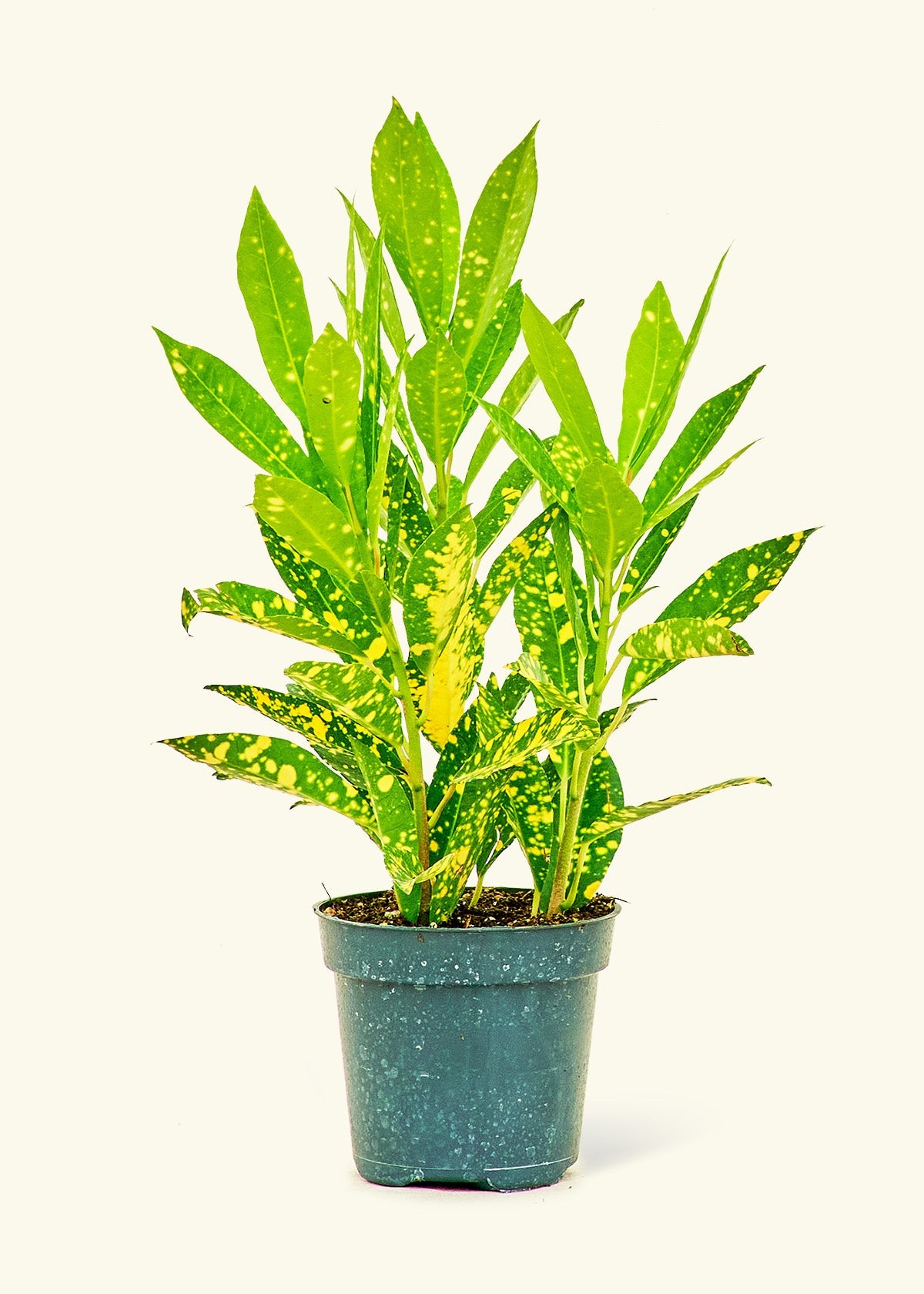
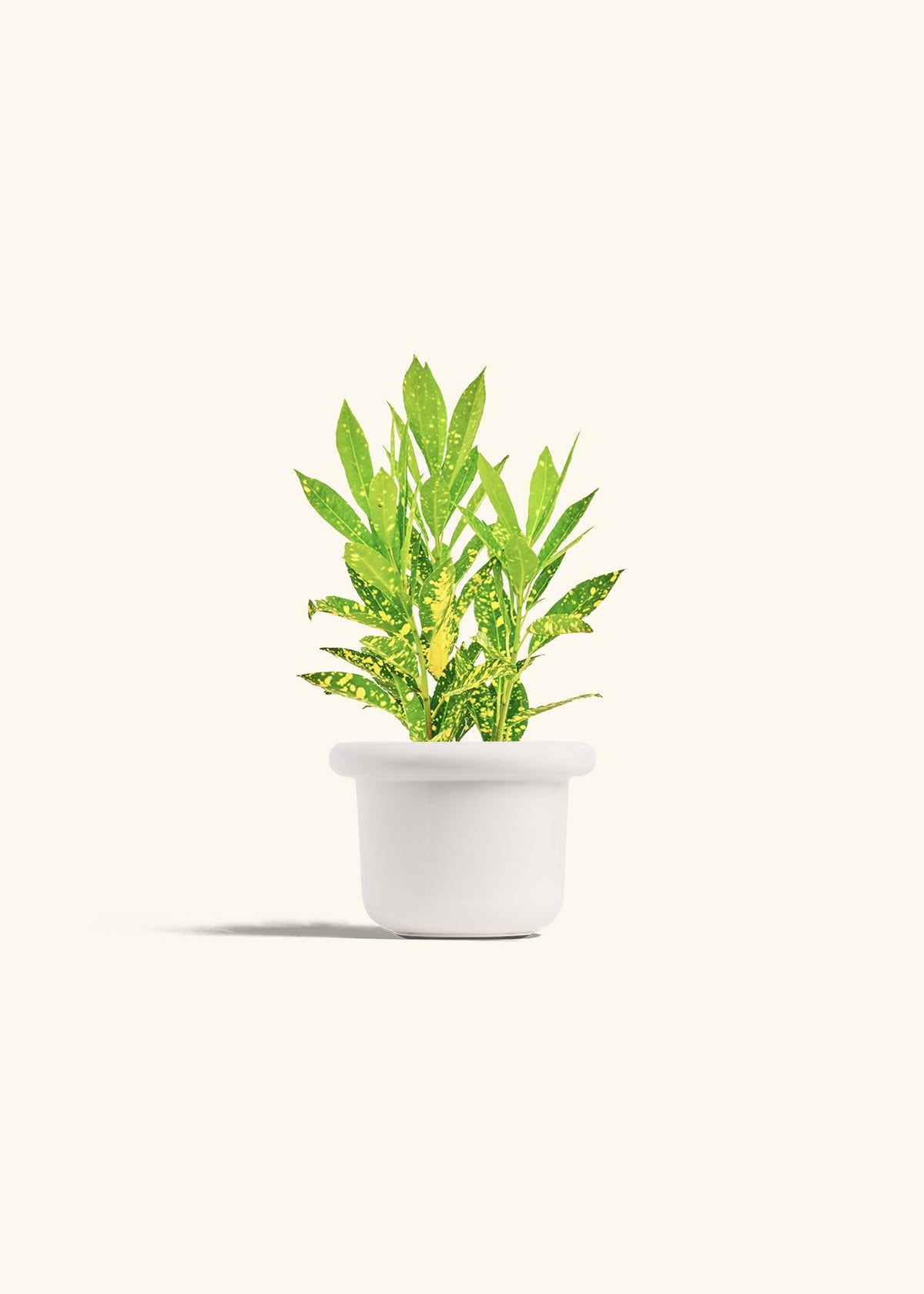

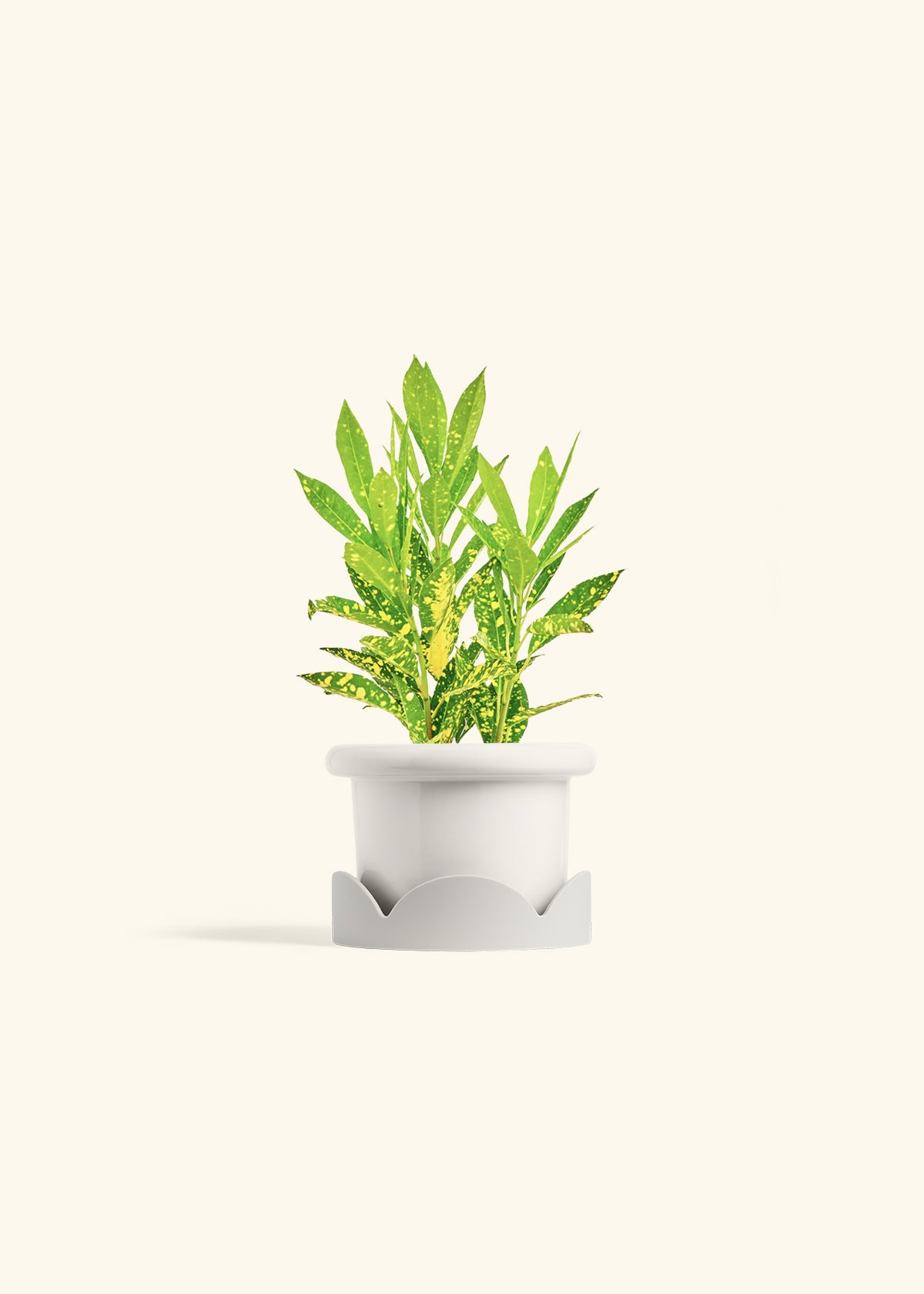

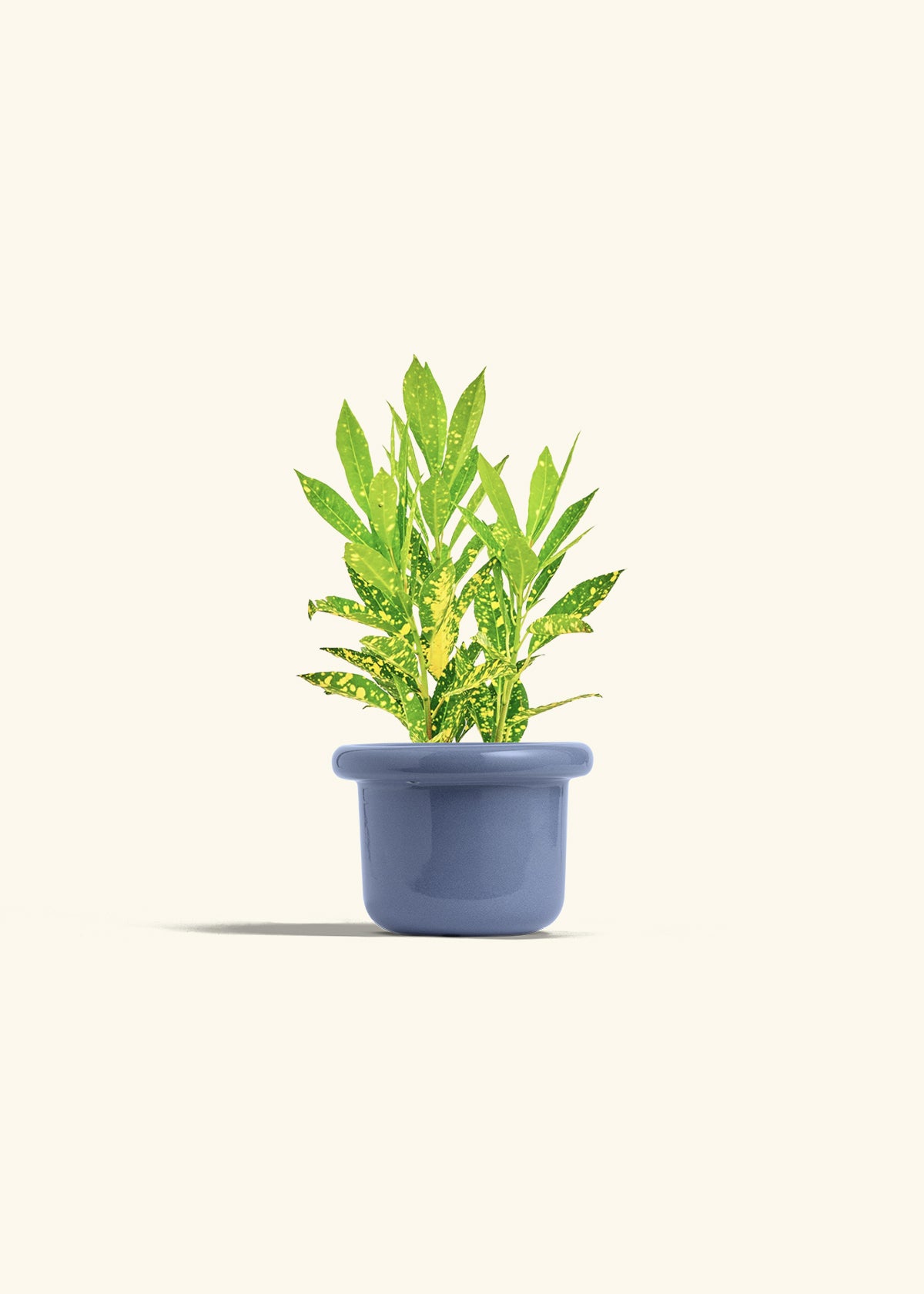
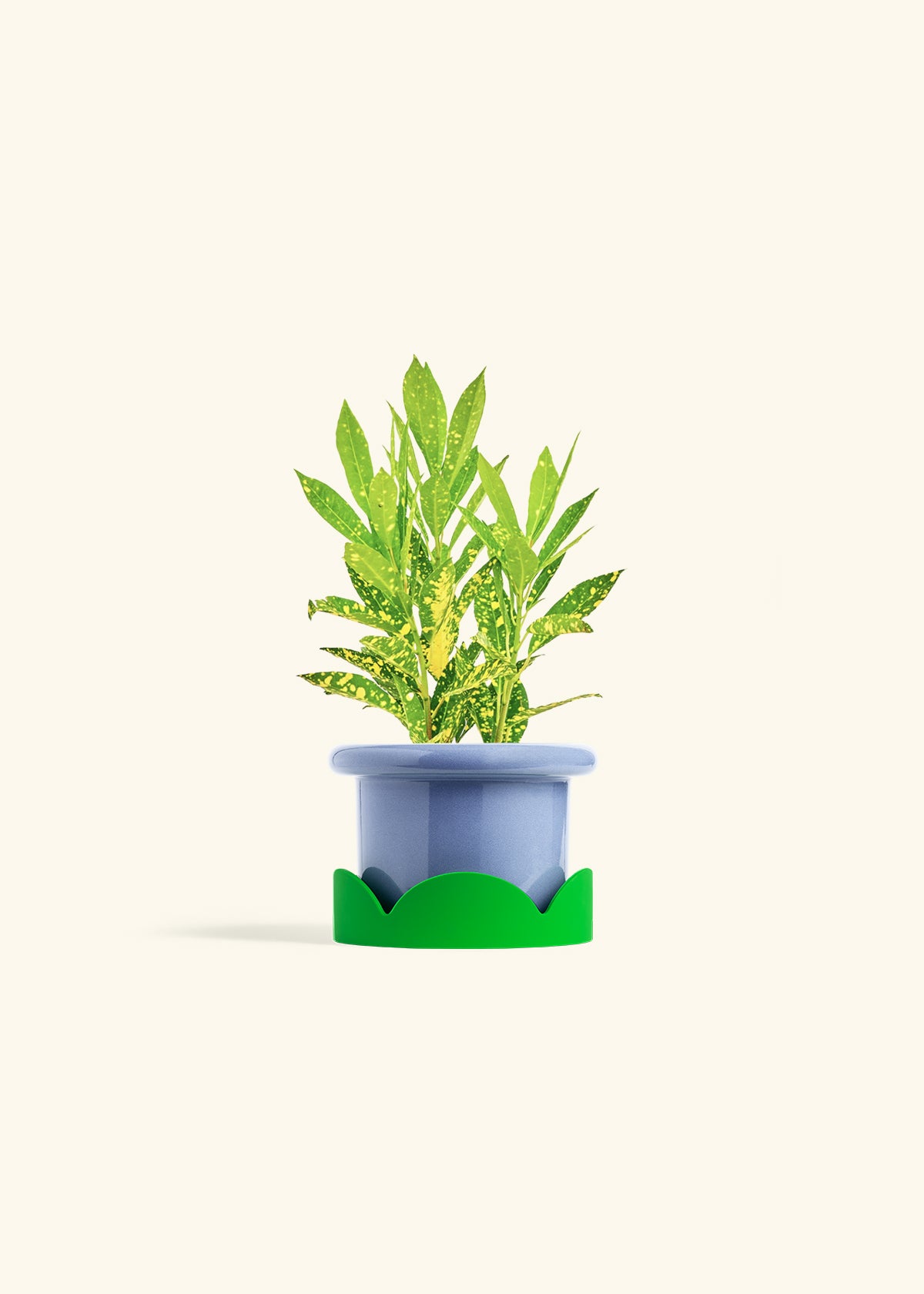
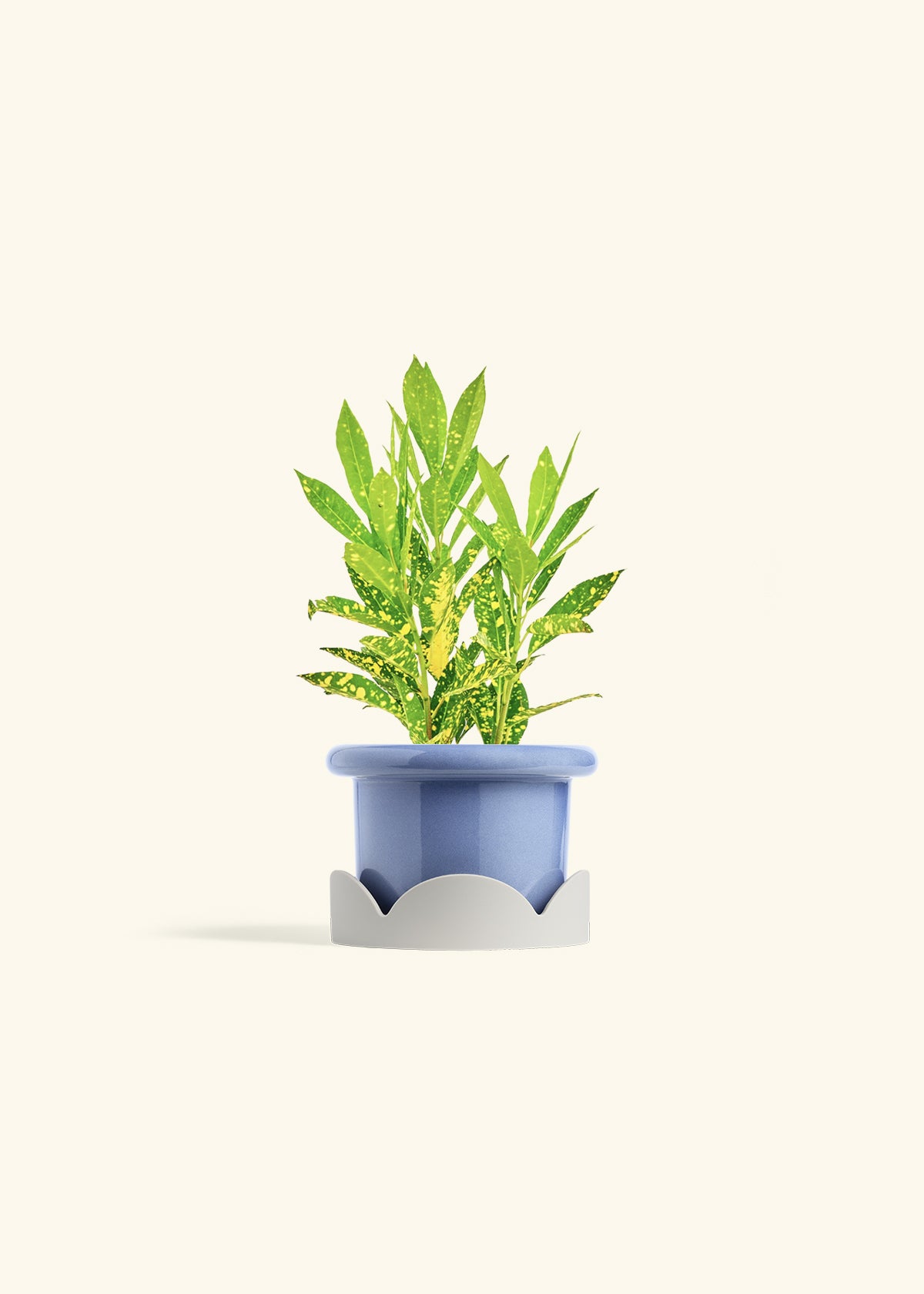
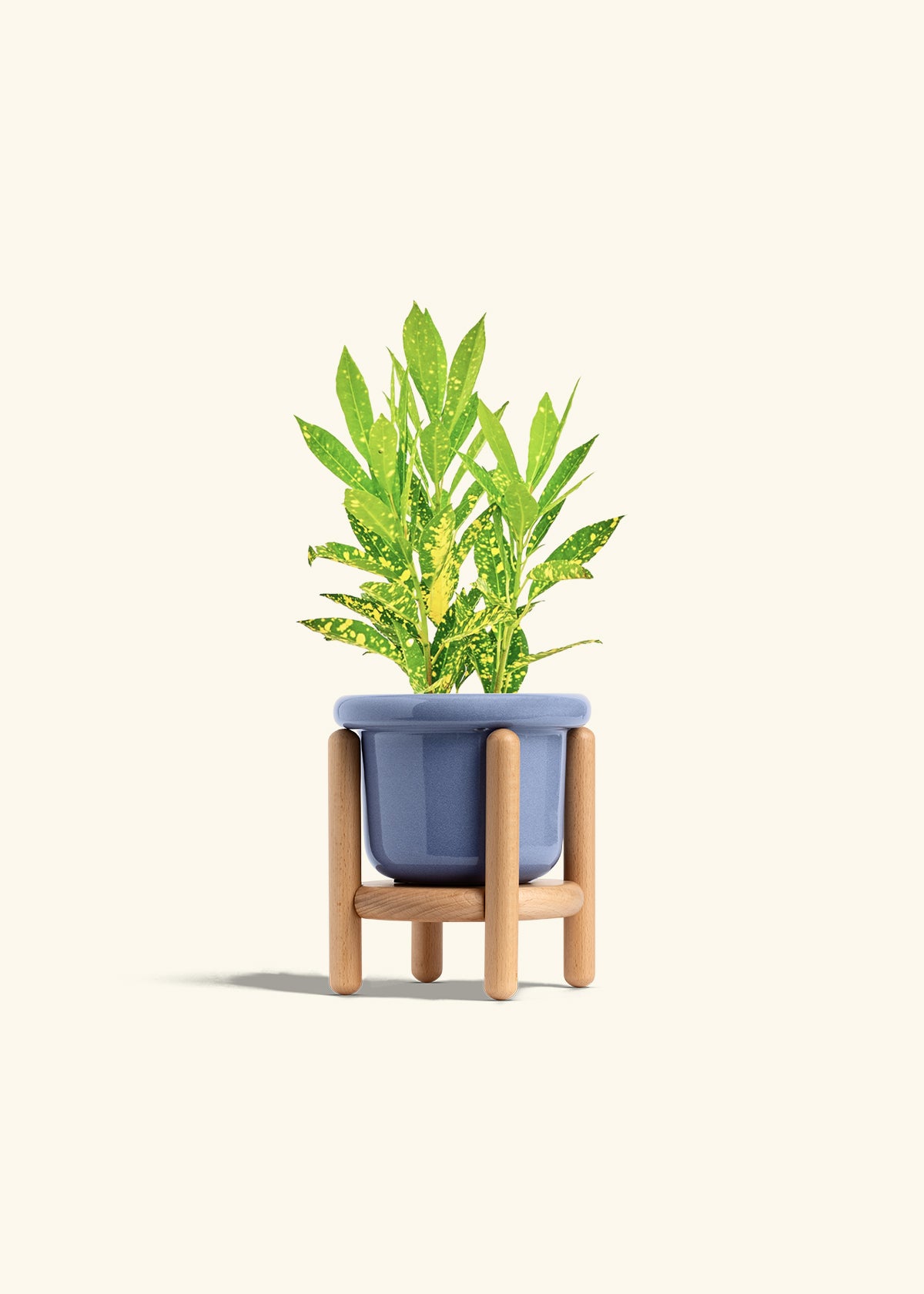
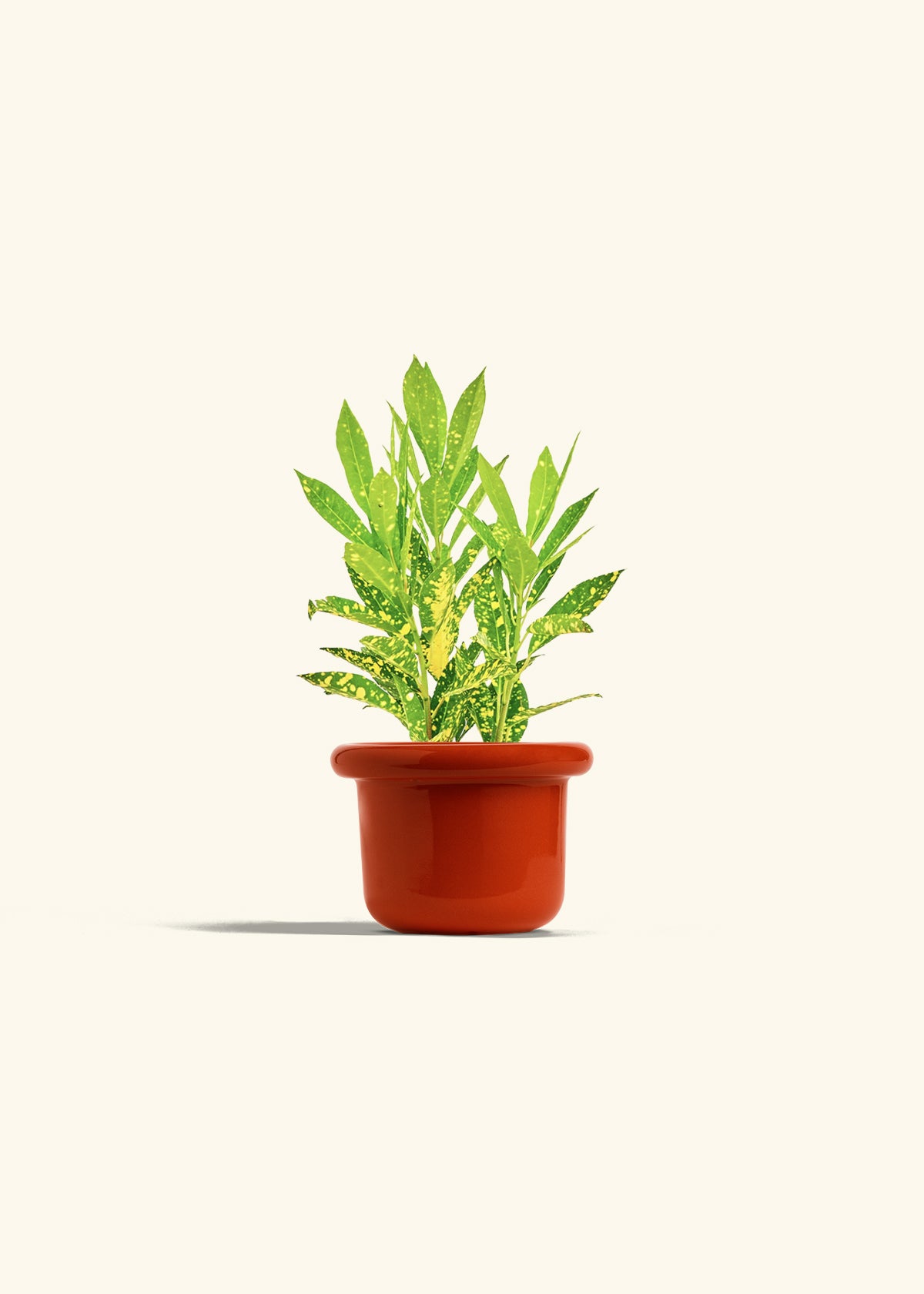

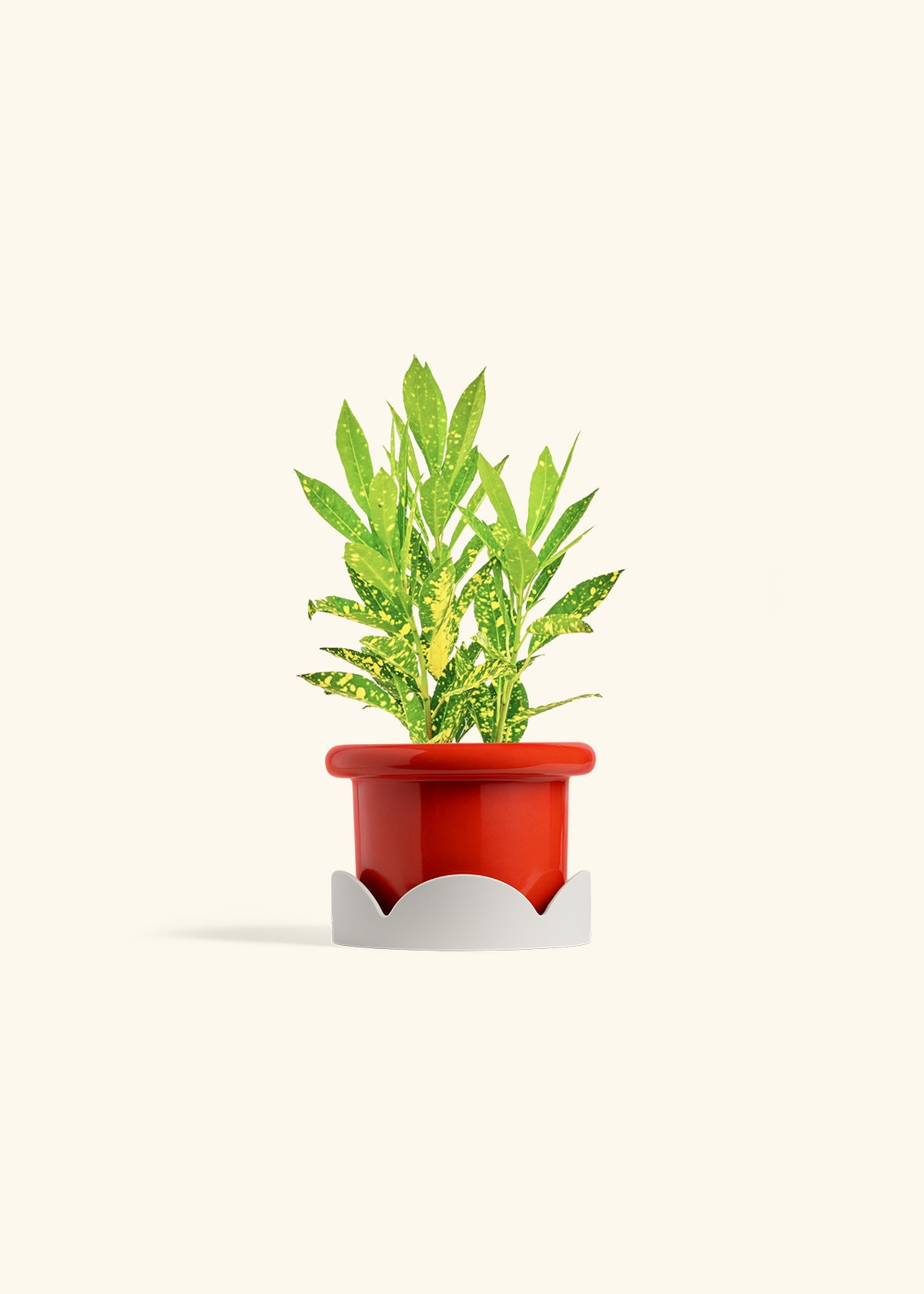
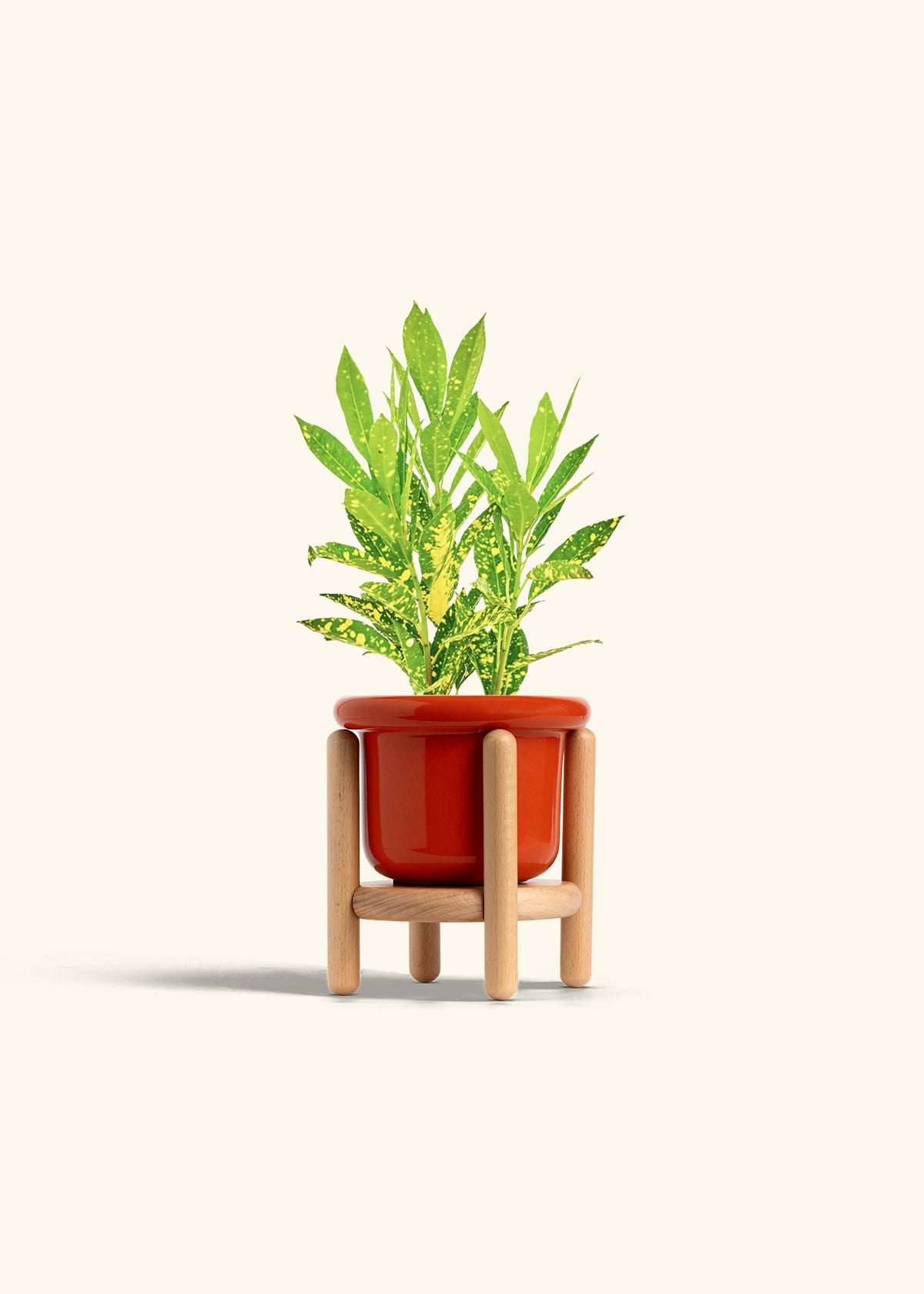

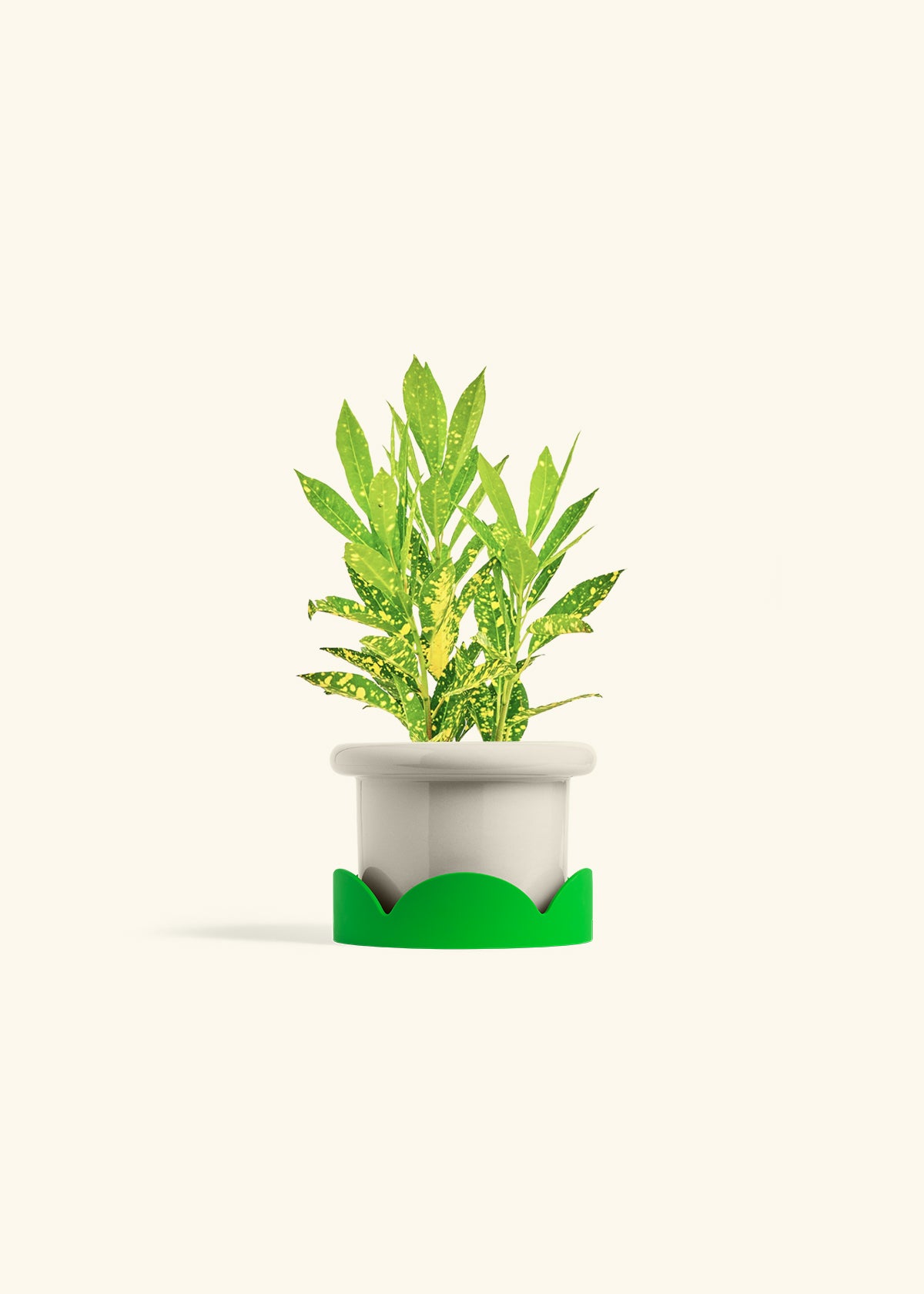
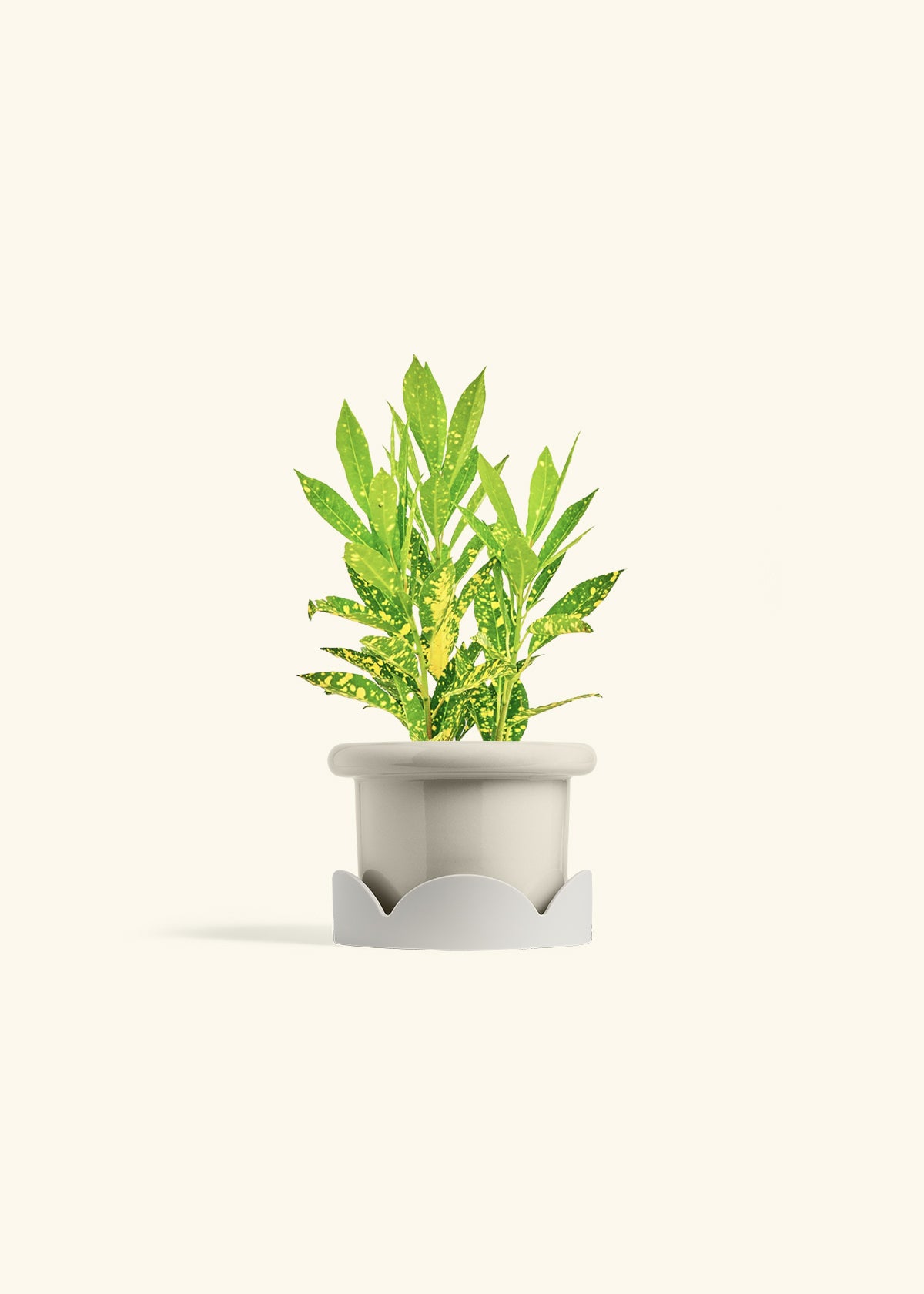
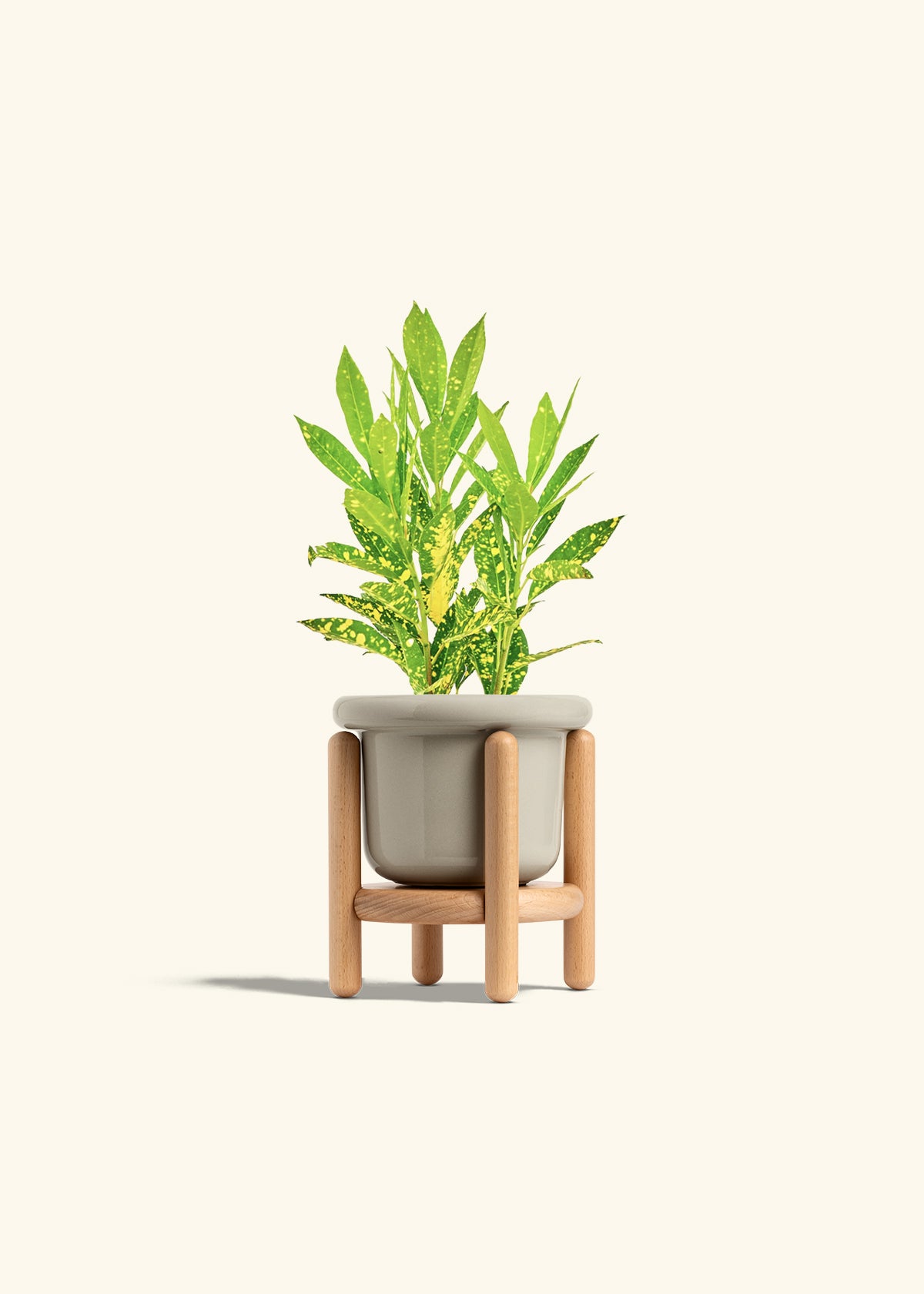
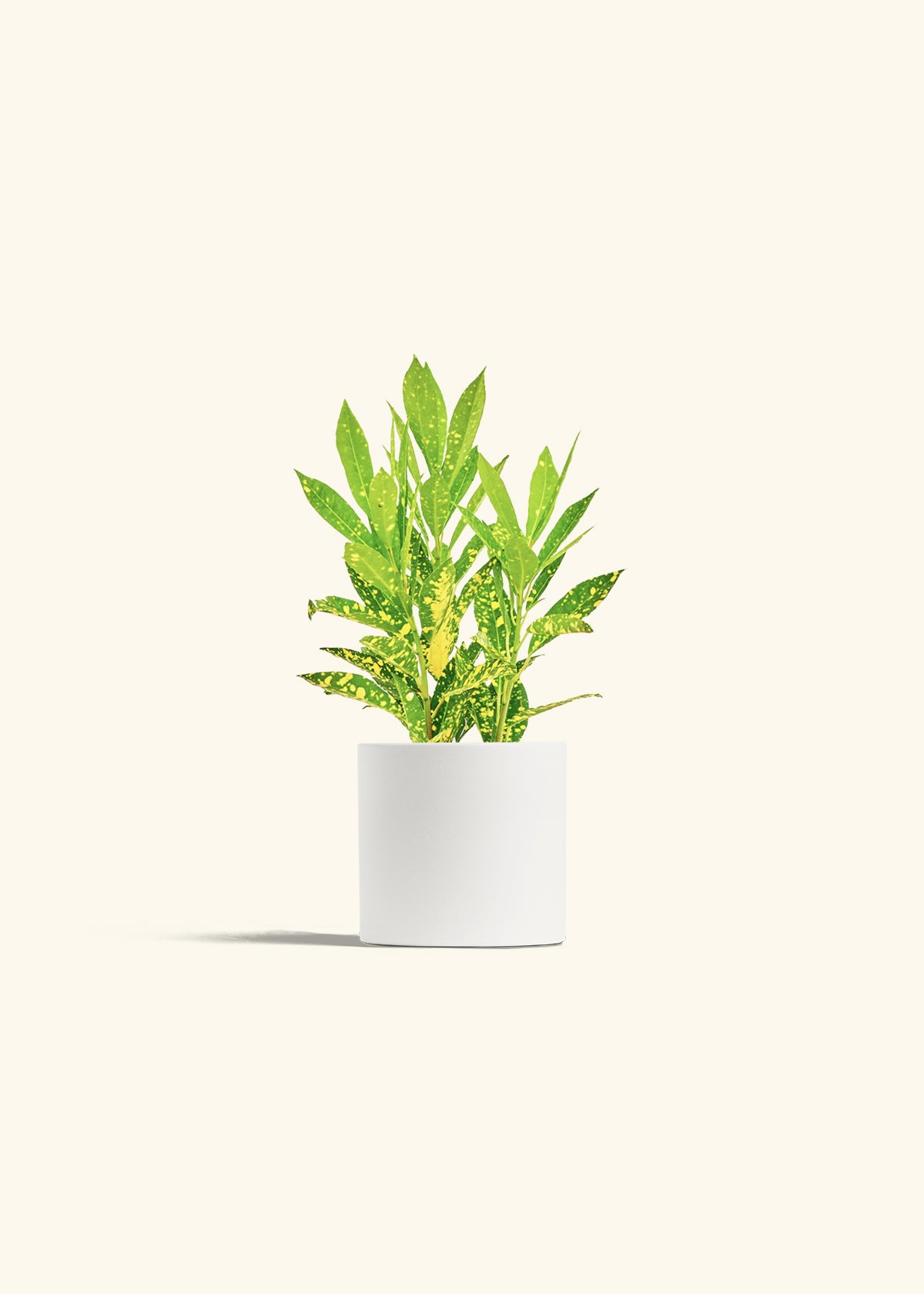
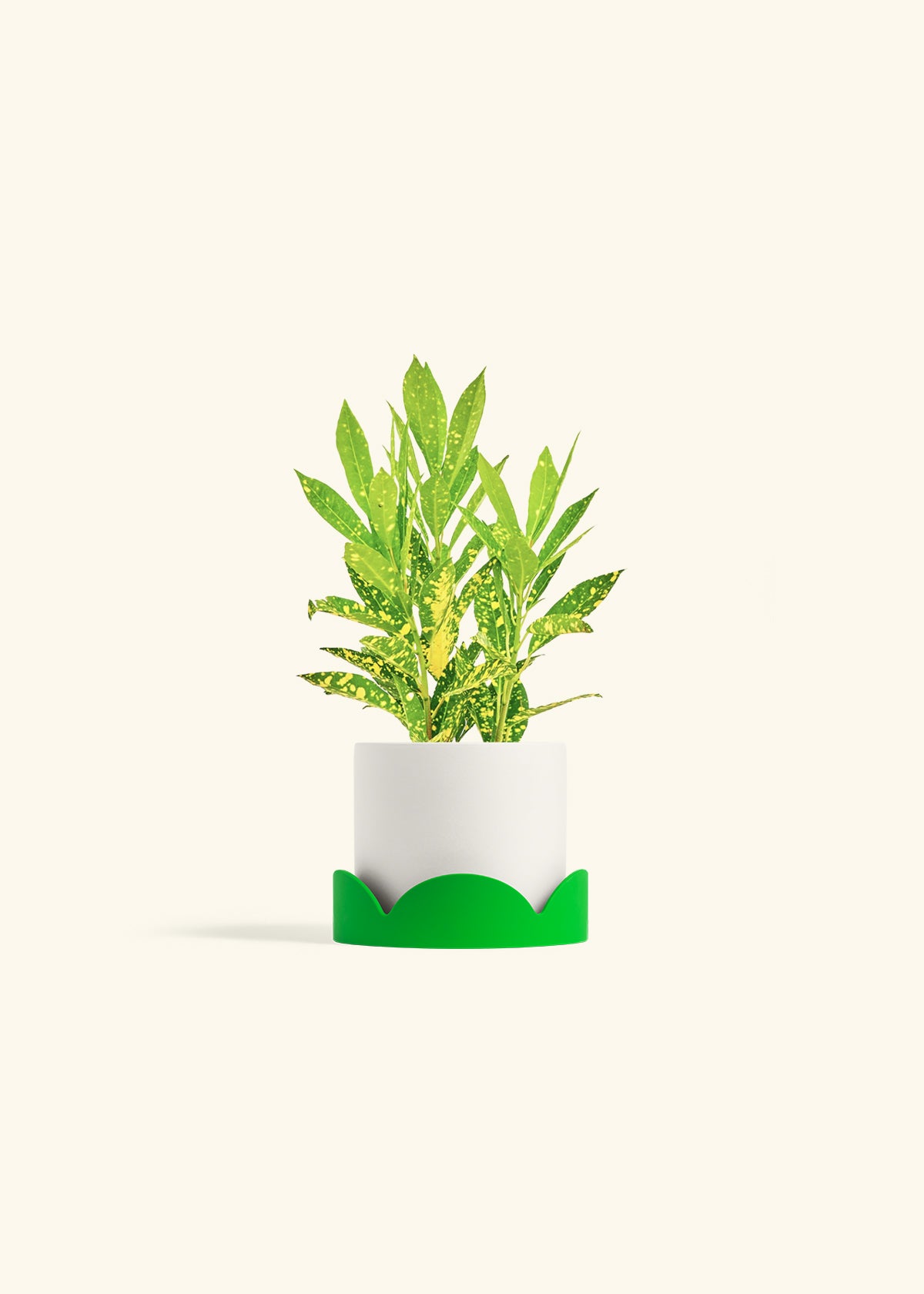

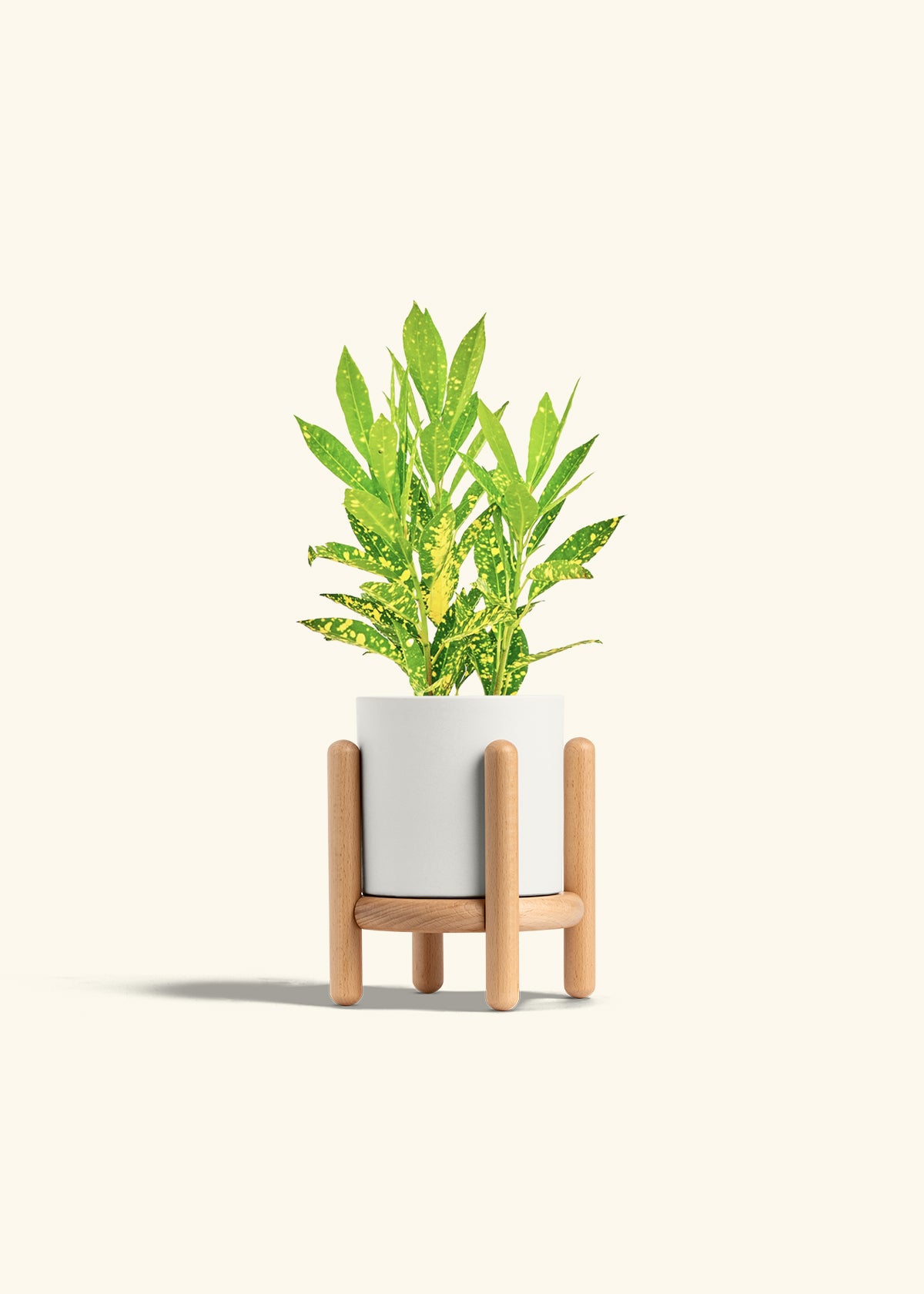
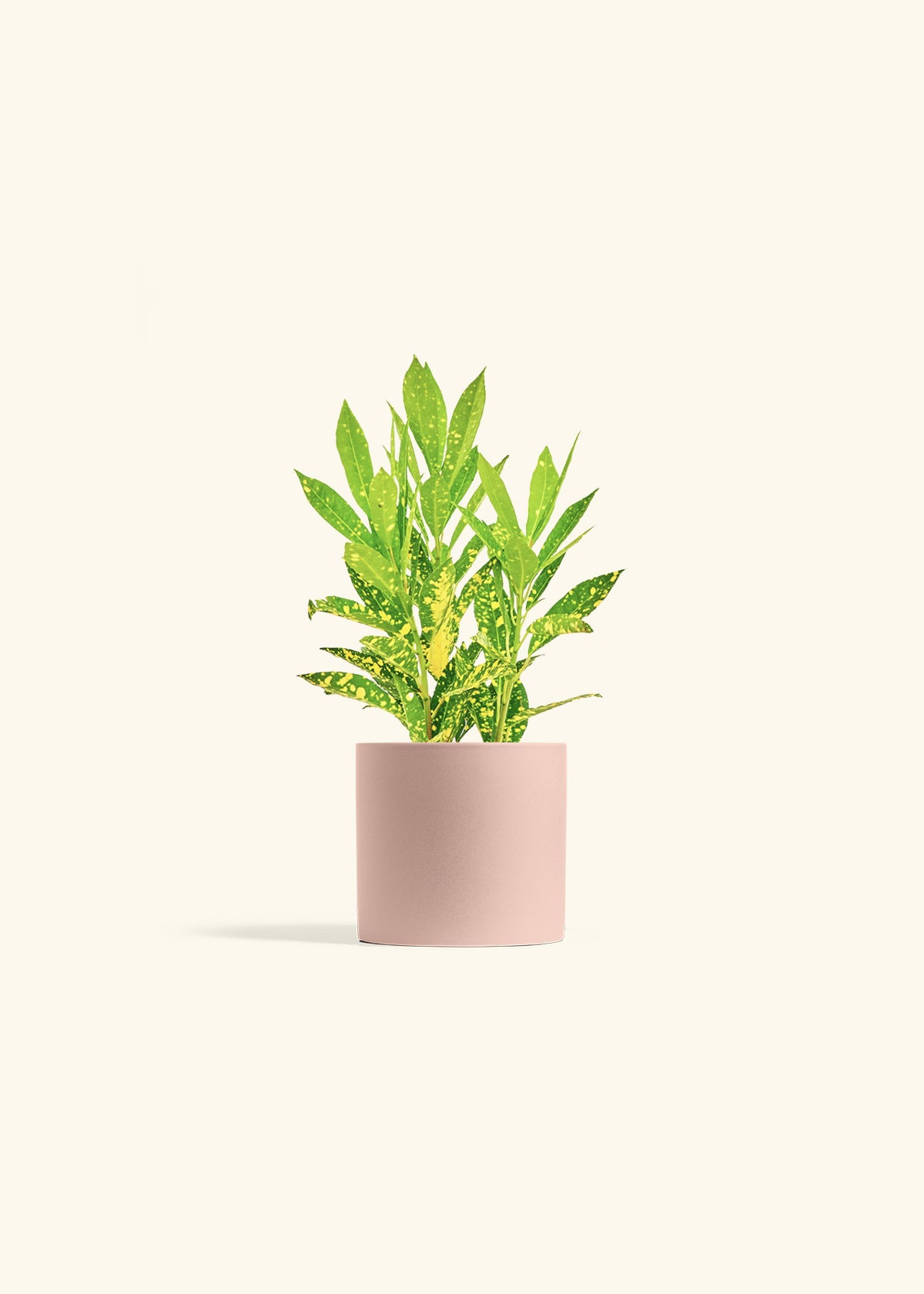

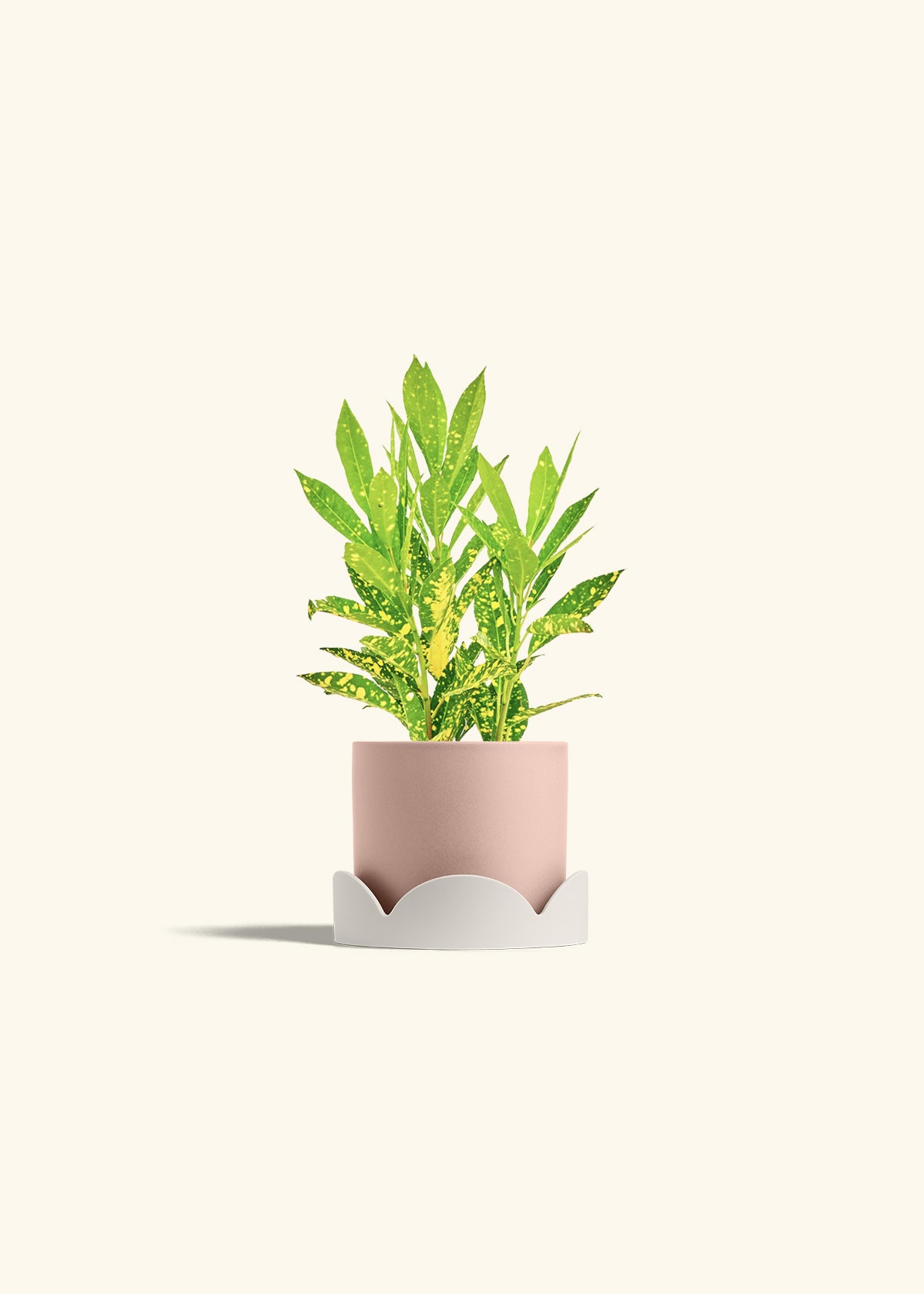
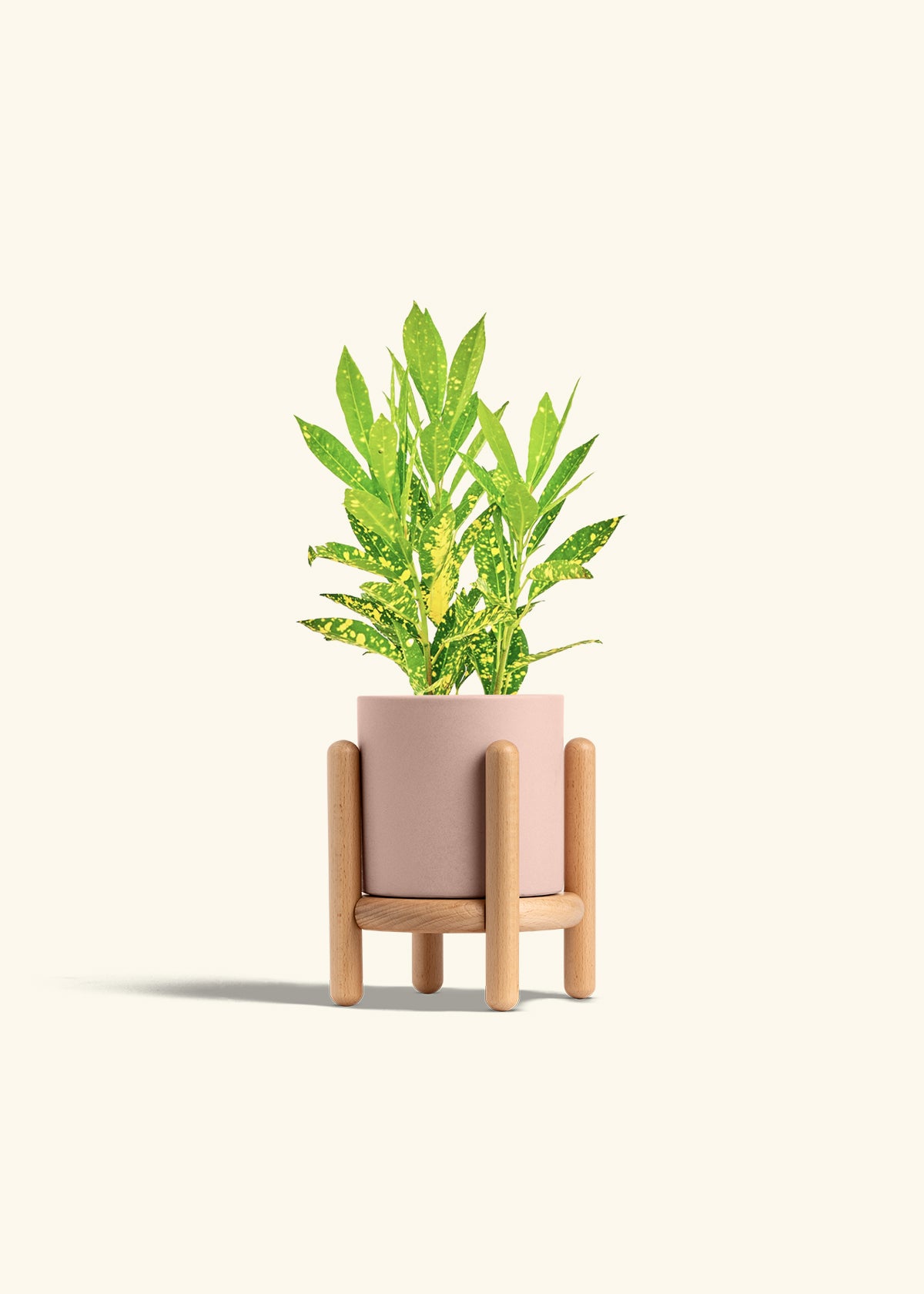
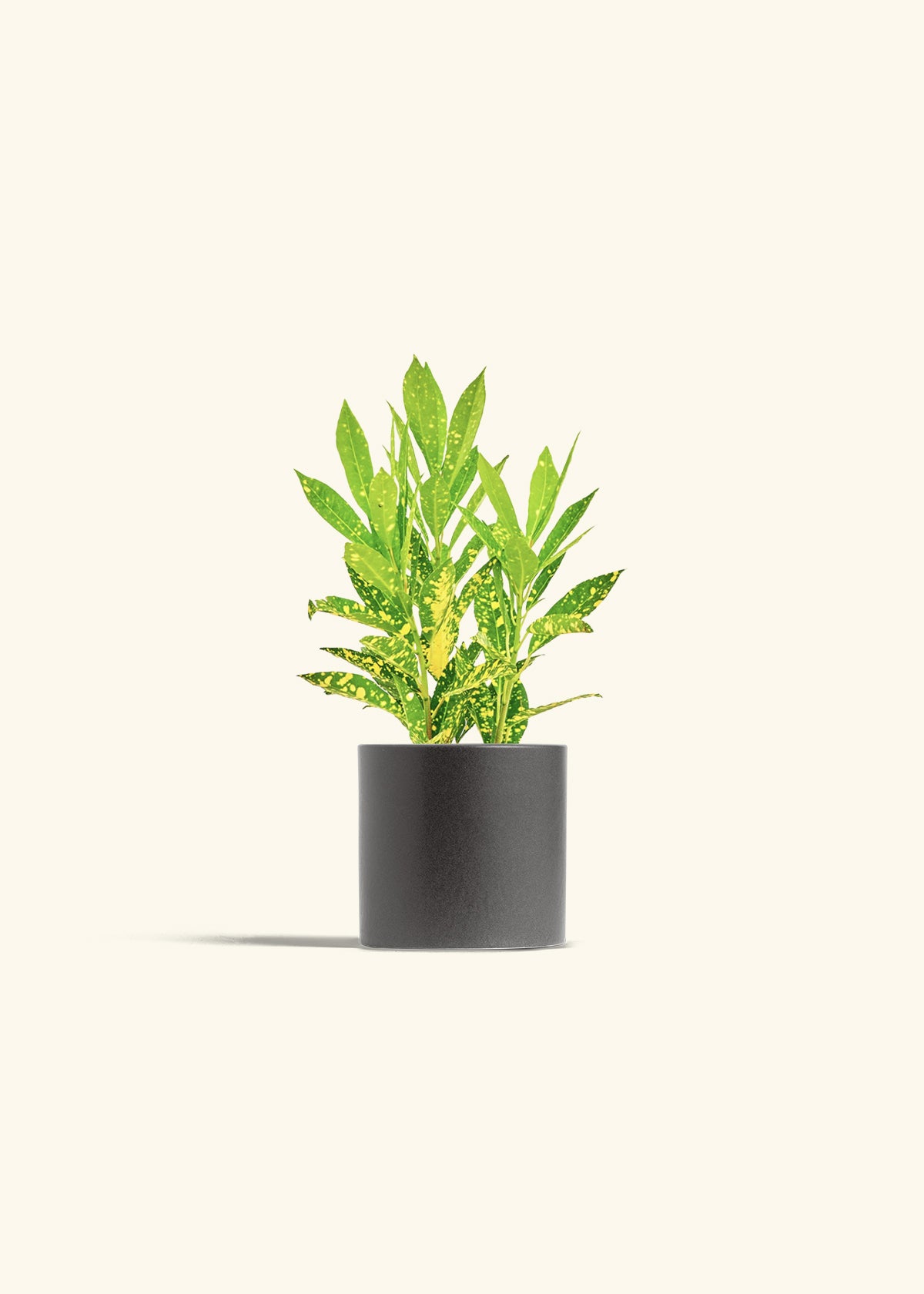
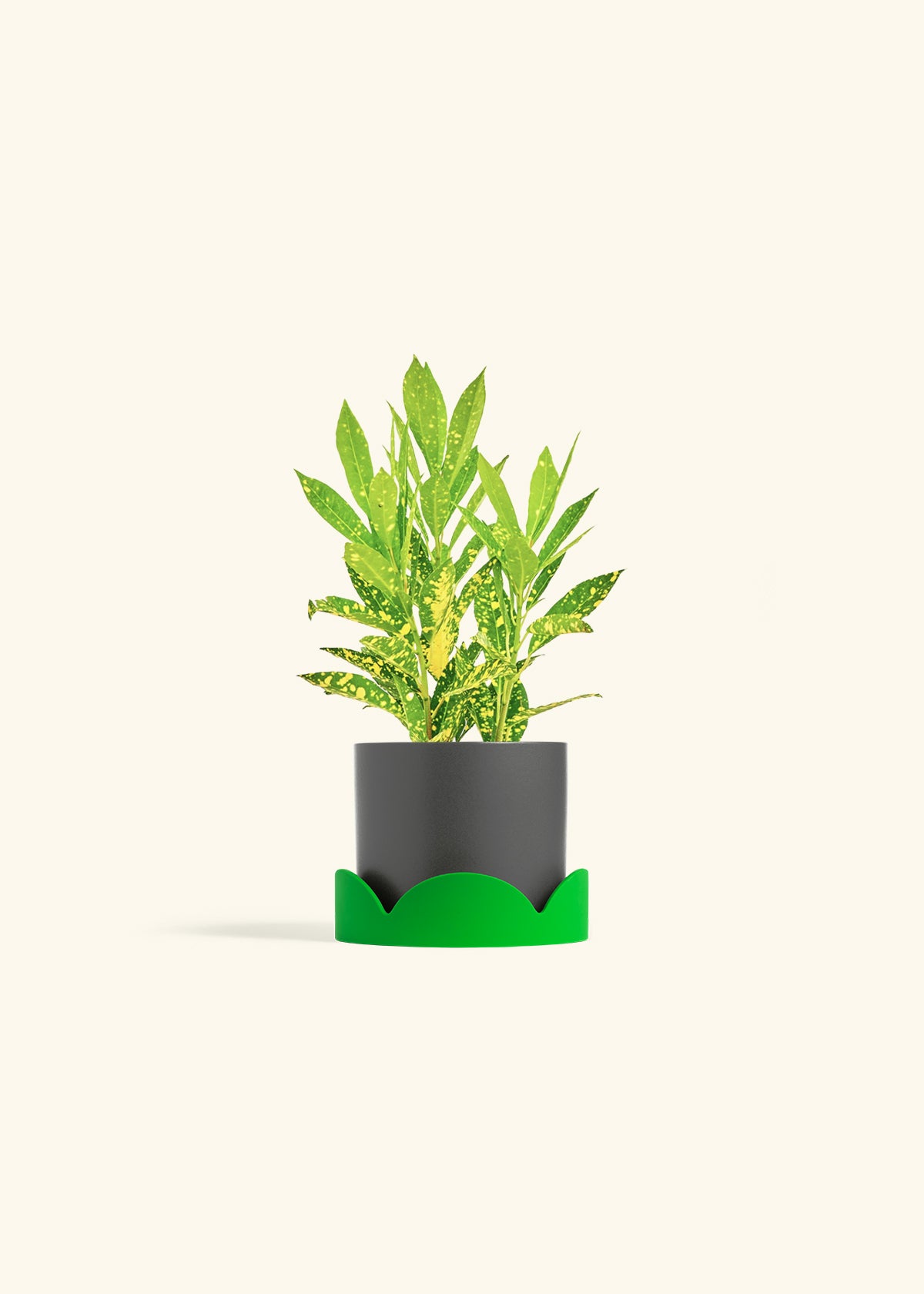
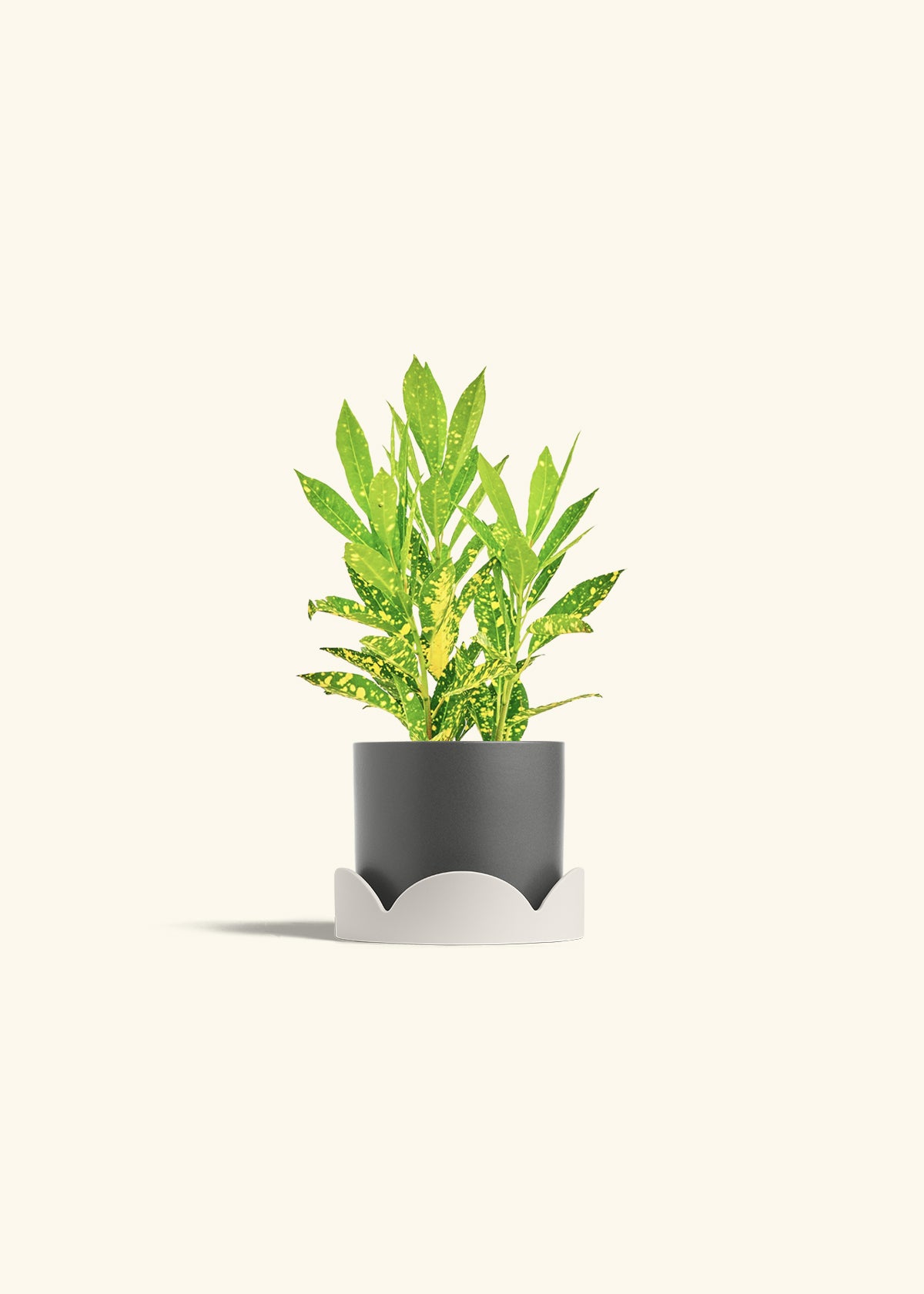


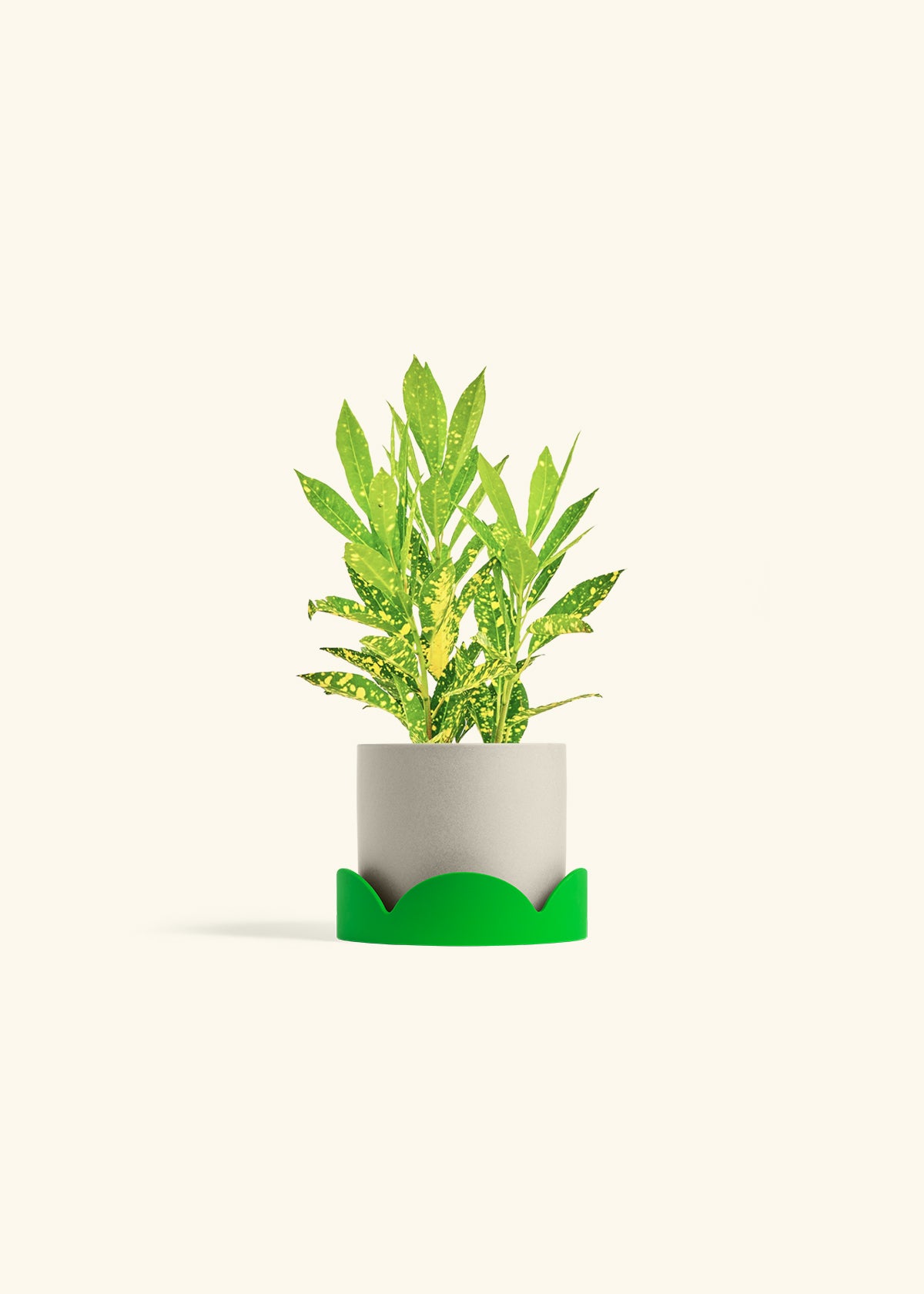
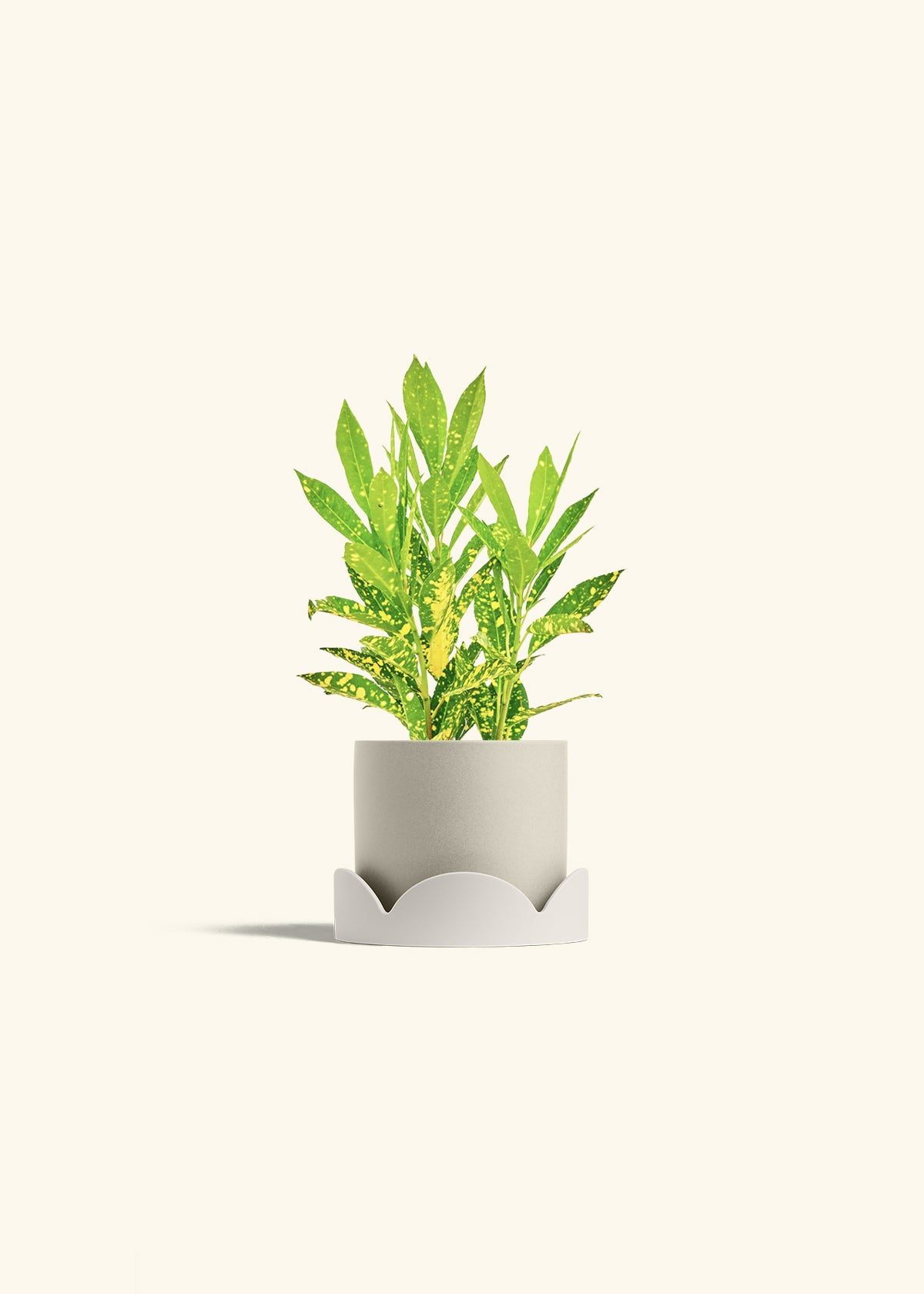



4"-7" height


6"-18" height


10" to 24" height


1.5-3' height
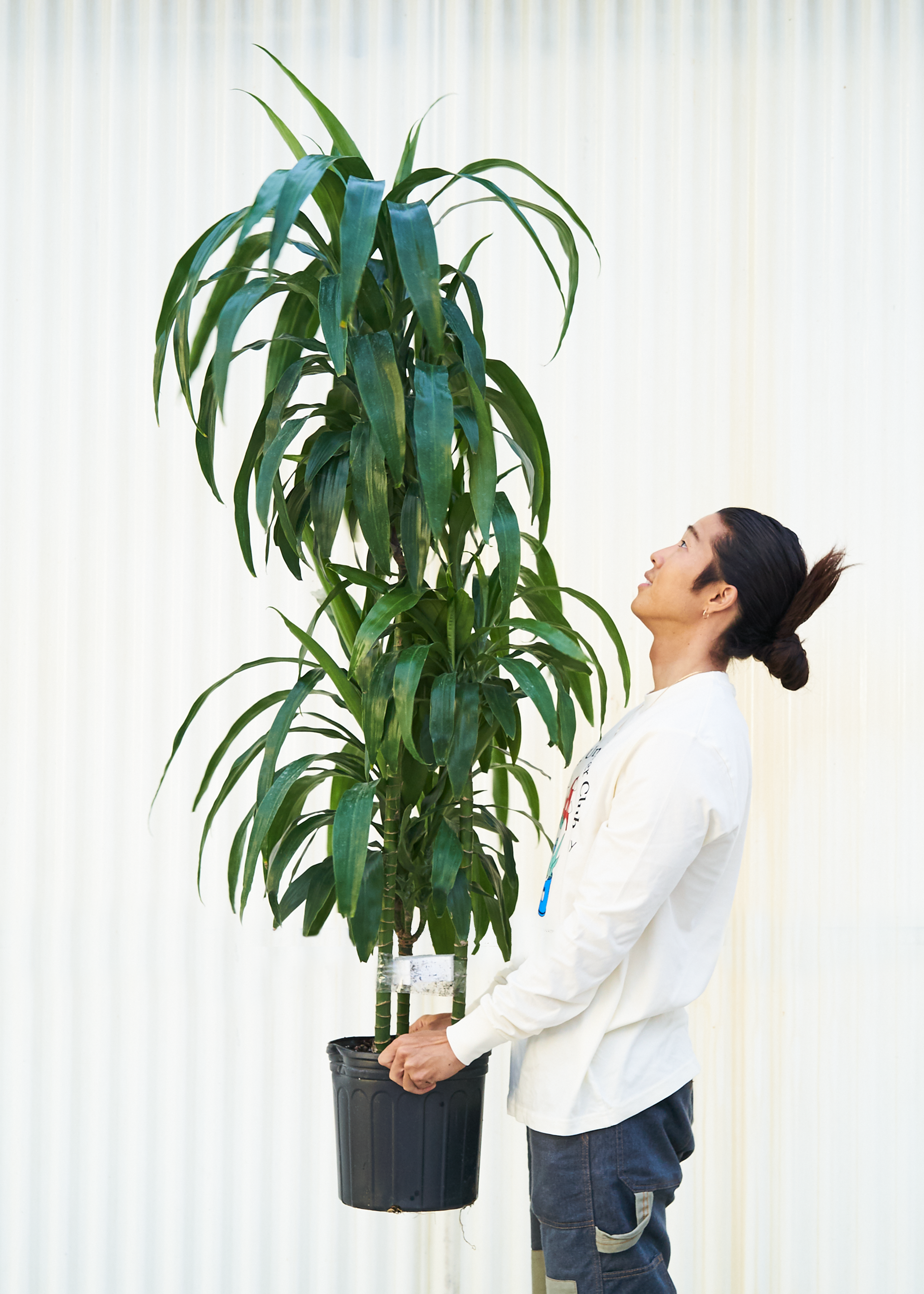

2-3.5' height

